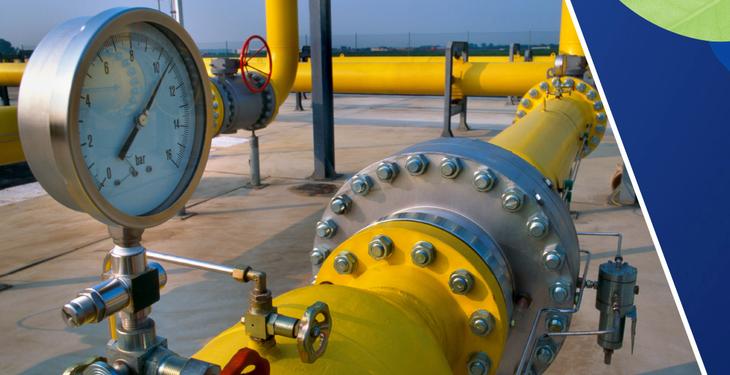The Commission has launched a public consultation on aspects of methane emissions in the energy sector. The objective of this 12-week consultation is to feed into the Commission preparation of proposals for new EU legislation to further reduce methane emissions in the energy sector, due to be tabled later this year, as outlined in the Commission’s EU methane strategy, published in October 2020.
Reducing methane emissions is one of the priority initiatives in the European Green Deal and the EU’s methane strategy highlights the potential to contribute towards key climate objectives, such as greenhouse gas reduction. The methane strategy aims to curb temperature pathways to 2050, improve air quality and reinforce the EU’s global leadership in the fight against climate change.
55% by 2030
Although existing policies for non-CO2 emissions are projected to cut methane emissions in the EU by 29% by 2030 compared to 2005 levels, the Commission’s recent 2030 climate target plan’s impact assessment concluded that raising EU ambition for overall emissions reduction to 55% by 2030 would also require an accelerated effort to tackle methane emissions. The EU has reduction targets for 2030 for all greenhouse gases, with anthropogenic methane emissions covered by binding national emission reduction targets under the Effort Sharing Regulation (ESR). However, there is currently no policy dedicated to the reduction of anthropogenic methane emissions from the energy sector.
The specific objectives of the policy proposal are two-fold:
- to improve the availability and accuracy of information on the specific sources of methane emissions associated with energy consumed in the EU
- to put in place EU obligations on companies to mitigate those emissions across different segments of the energy supply chain
Comprising 9 sections with a series of nearly 150 questions in total, the consultation will run until midnight on 30 April – the standard 12 week period. Most questions are in the form of a tick-box reply with space for further explanation. Responses can be submitted in all official EU languages.
Methane is the second most important greenhouse gas contributor to climate change following carbon dioxide. On a 100-year timescale, methane has 28 times greater global warming potential than carbon dioxide and is 84 times more potent on a 20-year timescale. Methane emissions are therefore highly relevant to 2050 climate objectives. Moreover, methane is a potent local air pollution and contributor to ozone formation, which itself causes serious health problems.
Approximately one third of global anthropogenic methane emissions come from the energy sector. The International Energy Agency estimates that 45% of those emissions can be mitigated at no net cost, given that methane is a saleable product in the form of natural gas. Reducing methane emissions associated with human activity by 50% over the next 30 years could mitigate global temperature change by 0.2°C by 2050, a significant step towards keeping temperature increase below 2°C.
Preventing methane leaks
As part of the EU Methane strategy adopted in October 2020, the European Commission is developing a legislative proposal to prevent methane leaks in the energy sector. It will include binding rules on monitoring, reporting, verification, leak detection and repair in the energy sector and will consider rules on routine venting and flaring. The proposal is due to be adopted in 2021 and will contribute to reaching the EU’s ambitious climate goal for 2030 and its 2050 climate neutrality objective.
To better understand the nature and size of the problem within the EU, the European Commission launched a call for tender for a study in 2019 on limiting methane emissions in the energy sector. In addition to identifying main knowledge gaps and potential hotspots, this study will provide recommendations on how to improve measurement, monitoring and detection. The study also aims to assess existing policies and voluntary industry initiatives globally, and offer policy recommendations for the EU.
The final study is expected in 2021.
